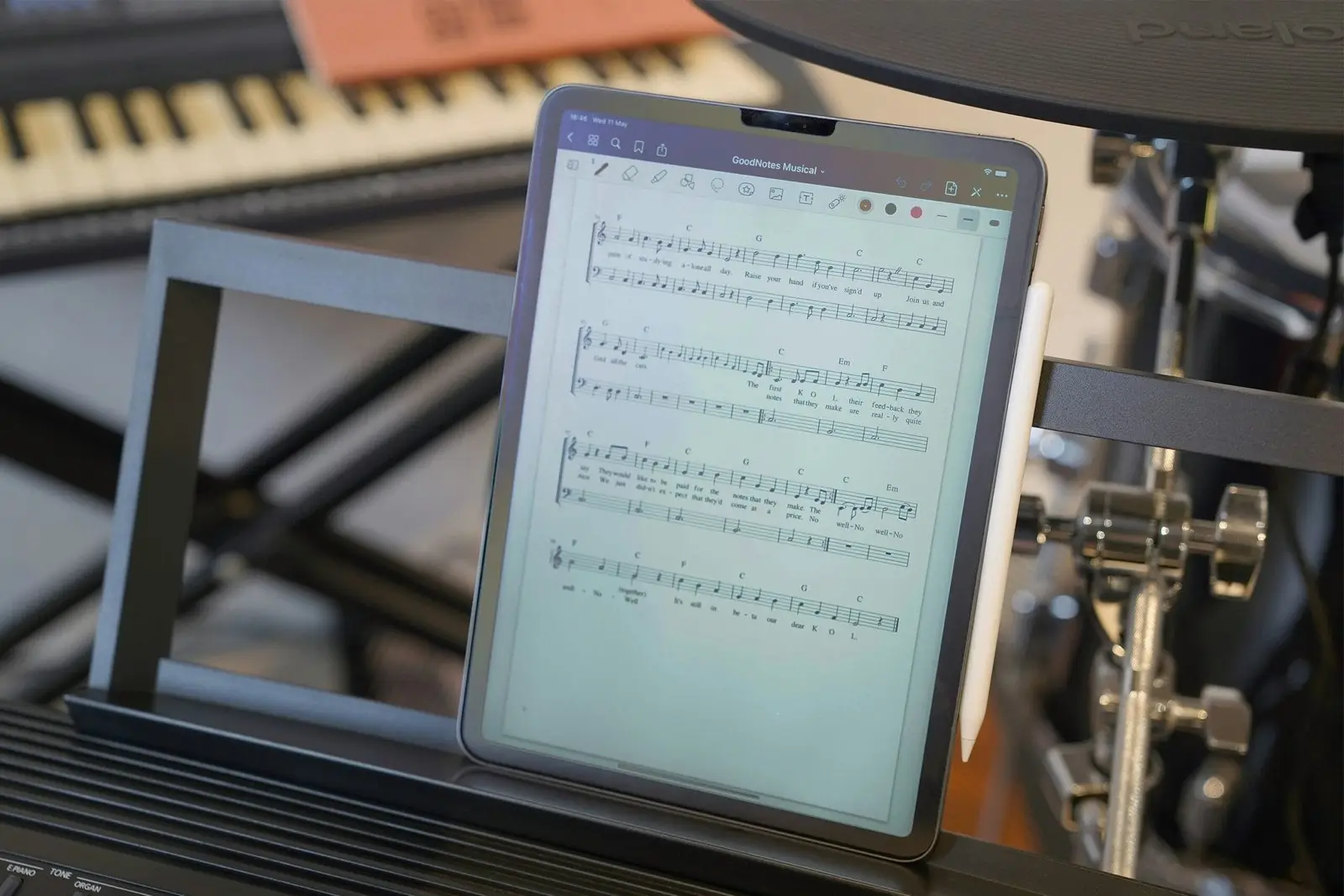Variable Data Printing Standards: what matters in 2025
Updated: 16 Aug 2025 • Reading time: ~8 minutesTL;DR
- PDF/VT is the ISO standard for VDP. Today that means PDF/VT‑1 and ‑2 on PDF 1.6, and PDF/VT‑3 on PDF 2.0 with PDF/X‑6. See the PDF Association’s overview of ISO 16612 and ISO’s page for PDF/X‑6 (ISO 15930‑9).
- PPML is an XML VDP language from the PODi community, still supported in some workflows. The spec is hosted by PRINT Technologies: PPML 2.2 PDF.
- AFP/IPDS remains common in high‑volume transactional print. See the AFP Consortium and an update on the IPDS reference.
- JDF/JMF (and XJDF) handle job tickets and messaging for workflow automation. Start at CIP4 and the JDF/XJDF specifications.
- Color management uses ICC profiles. See ISO 15076‑1 and the latest ICC profile spec ICC.1:2022‑05.
- In practice, PDF workflows dominate modern VDP because RIPs optimize reused static resources well. See Global Graphics’ white paper High‑performance VDP using PDF.
The landscape at a glance
| Area | Primary standard(s) | What it does | Typical use |
|---|---|---|---|
| VDP document format | PDF/VT (VT‑1/2 on PDF 1.6; VT‑3 on PDF 2.0 via PDF/X‑6) | Encodes variable and transactional jobs in PDF with record structure and metadata | General VDP, statements, labels, hybrid jobs |
| Alternative VDP PDL | PPML | XML language for personalized print | Installed bases, legacy or vendor‑specific flows |
| Transactional print architecture | AFP with IPDS | PDL plus bi‑directional printer stream | Banks, utilities, large mailers |
| Job tickets and workflow | JDF/JMF and XJDF | Job intent, resources, status messaging | MIS to DFE automation |
| Print‑ready PDF base | PDF/X‑4 (ISO 15930‑7), PDF/X‑5 (ISO 15930‑8), PDF/X‑6 (ISO 15930‑9) | Exchange profiles that PDF/VT builds on | Prepress handoff, proofing |
| Color management | ISO 15076‑1 and ICC.1:2022‑05 | Device‑independent color and output consistency | All of the above |
| Barcodes in VDP | GS1 DataMatrix, GS1 Digital Link | 2D carriers for retail and supply chain | Labels, POS, track‑and‑trace |
PDF/VT today
What it is. PDF/VT specifies how to carry variable and transactional jobs in PDF, defining document structure and metadata so devices and DFEs can process large runs reliably. Earlier profiles PDF/VT‑1 and PDF/VT‑2 are based on PDF/X‑4 and PDF/X‑5 (PDF 1.6). The newest profile, PDF/VT‑3, aligns with PDF 2.0 via PDF/X‑6. See the PDF Association’s ISO 16612 page and ISO’s listings for 16612‑3 and 15930‑9. Why you care. PDF/VT works with mainstream PDF RIPs and supports transparency, ICC color, and external resources per the underlying PDF/X rules. Tip: If you are moving to PDF 2.0 in prepress, target PDF/X‑6 and PDF/VT‑3 so the whole toolchain is consistent.PPML in brief
PPML is an XML‑based language for VDP created in the PODi community and maintained under PRINT Technologies. If you inherit PPML jobs and your DFE handles them well, conversion is optional. See the spec PPML 2.2. For the historical PPML/VDX exchange format, see the CGATS application note CGATS.20 PPML/VDX and the ANSI preview here.AFP and IPDS for high‑volume work
AFP (MO:DCA) is a mature architecture aimed at large, fast, reliable transactional print. IPDS is the bi‑directional stream between host and printer for page data and feedback. See the AFP Consortium and IPDS updates here.Workflow plumbing: JDF, JMF, and XJDF
JDF is the job ticket, JMF is the messaging. They coordinate job intent, resources, and device status across MIS, prepress, and finishing. XJDF is the modernized successor. Start at CIP4 and the specification library.How PDF/VT and PDF/X fit together
- PDF/X‑4 and X‑5 are based on PDF 1.6. X‑5 allows external content and n‑colorant profiles. See ISO 15930‑7 and ISO 15930‑8.
- PDF/X‑6 is based on PDF 2.0 and is the foundation for PDF/VT‑3. See ISO 15930‑9.
Color management
Use ICC v4 or later profiles aligned with ISO 15076. Keep device profiles stable and embed or reference correctly per your PDF/X flavor. See ISO 15076‑1 and the latest ICC spec ICC.1:2022‑05.Barcodes inside VDP: GS1 2D
- GS1 DataMatrix guideline: overview and technical intro.
- GS1 Digital Link standard: spec and general intro here.
Performance tips that matter on press
- Reuse static content aggressively. Cache logos, backgrounds, and fonts so your RIP does less work per record. See Global Graphics’ VDP performance guide.
- Stay within PDF/X expectations. Avoid unwanted overprints, ensure correct transparency handling, and size images for final use. See the Ghent Workgroup specs.
- Use record structure when your DFE benefits from it. PDF/VT’s DPart and DPM are designed for this. See the PDF Association’s Technical Introduction to PDF/VT.
- Designer and developer guidance for efficient VDP PDFs is available from the PDF Association: Best Practice (Designer Edition) and the Global Graphics overview Best Practice VDP.
Choosing the right standard
| You have… | Consider | Why |
|---|---|---|
| Modern PDF workflow and RIPs, need flexibility across devices | PDF/VT on PDF/X‑4 or X‑6 | Plays to PDF strengths and DFE optimization. Easy to preflight and archive. |
| Existing PPML devices or legacy jobs | PPML | Keep what works if your engine supports it and performance is acceptable. |
| Enterprise transactional environment with AFP fleet | AFP/IPDS | Tight integration, throughput, and reliability with existing infrastructure. |
| Complex automation from MIS to finishing | JDF/JMF or XJDF | Ticketing plus device messaging across vendors. |
Validation and testing
- Preflight against the correct PDF/X flavor before calling a job PDF/VT compliant. See GWG preflight guidance and callas’ white paper Everything you ever needed to know about PDF preflight.
- Use test suites when moving platforms. The PDF Association hosts the Cal Poly PDF/VT‑1 Test File Suite.
- Barcode verification for GS1 2D is essential on labels and retail. Follow sizing and quiet‑zone rules in the GS1 DataMatrix guideline.
Quick FAQ
Is PDF/VT mandatory for VDP? No. It is the ISO way to do VDP in PDF, and it aligns well with today’s PDF/X and RIPs. Many shops still run PPML or AFP where it fits. What changed with PDF/VT‑3? VT‑3 aligns VDP with PDF 2.0 and PDF/X‑6, which clarifies features and interoperability in modern toolchains. See ISO 16612‑3 and ISO 15930‑9. Do I need JDF if I already use PDF/VT? Not required. JDF/JMF or XJDF handles workflow and device messaging, while PDF/VT carries pages and records. Many shops use both.Where Mapsoft fits
If you want to generate personalized PDFs from data, our Engage tools do that from templates and a data source, producing PDF ready for print workflows.- Engage Connect – server and web integration for VDP and web to print.
- Mail Merge for PDF – desktop workflow to create personalized PDF output.
Sources and further reading
- PDF/VT overview and resources: PDF Association; ISO 16612‑3.
- PDF/X family: PDF Association; ISO entries for 15930‑7 (PDF/X‑4), 15930‑8 (PDF/X‑5), 15930‑9 (PDF/X‑6).
- PPML and PPML/VDX: PPML 2.2; CGATS.20 App Note; PPML/VDX info.
- AFP/IPDS: AFP Consortium; IPDS reference update.
- ICC color: ISO 15076‑1; ICC.1:2022‑05.
- GS1: GS1 DataMatrix Guideline; GS1 Digital Link Standard.
- VDP performance with PDF: Global Graphics white paper.
- Best practices for VDP PDFs: PDF Association; Global Graphics Best Practice VDP.
- PDF/VT test files: Cal Poly PDF/VT‑1 Test Suite.



